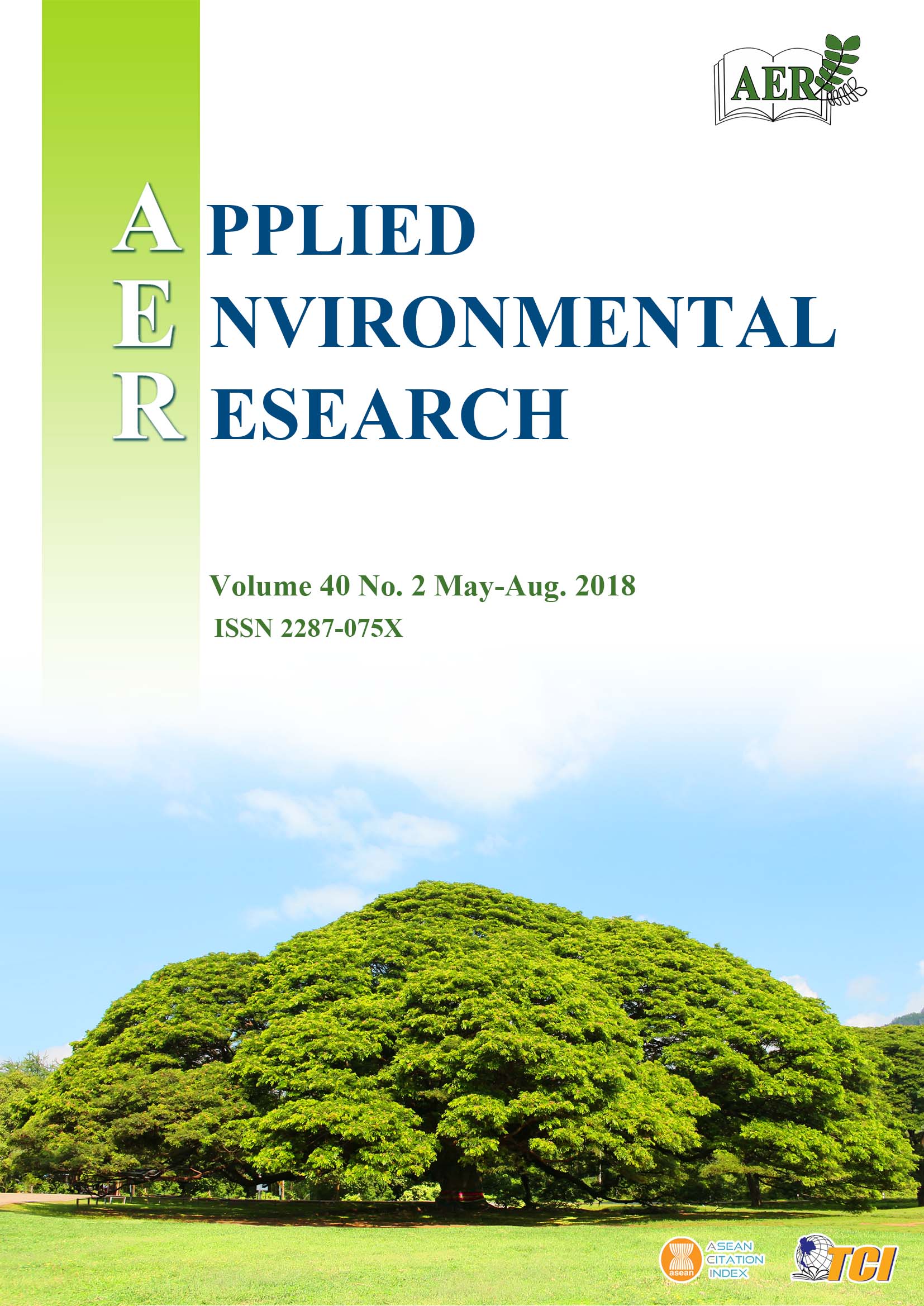Understanding the Weathering Process of Antimony Minerals: Case Study Sb-Mine Sulzburg, Black Forest, Germany
Main Article Content
Abstract
Concerns about heavy metal and metalloid contamination from mine dumps is one of the most intensively discussed issues in society, politics, and academia, because of the levels of pollution, and its toxic properties. During the Middle Ages the Black Forest was one of the most successful mining areas in Southwestern Germany. Historical records show that Sulzburg was a mining town in the Black Forest since the 10th century, but was abandoned in the 19th century. Nowadays this town is considered as an important recreation area in the country. Therefore, soil and water quality and any contamination are of great concern. The purpose of this research was to understand the weathering process and environmental impact of heavy metals and metalloids from the old antimony (Sb) mine sites in Sulzburg. In this study, we examined the mineralogy and whole-rock chemistry and performed soil sequential extraction and water chemical analysis around mine sites. The results show that the Sb deposits in Sulzburg contain mixtures of antimony-lead-bearing sulfides and sulfosalts in hydrothermal quartz veins. The primary ore stibnite (Sb2S3) and boulangerite (Pb5Sb4S11) occur associated with pyrite, arsenopyrite, and sphalerite. The whole-rock chemistry of Sb-Mine Sulzburg is characterized by considerable Sb2O3 (4-25 %) and PbO contents (2-7 %). This agrees with the chemical composition of Sb minerals. Based on soil sequential extraction, toxic elements (Sb, Pb, As) mostly remain in the residual fraction. Comparing the water analysis at and around Sb-mine Sulzburg, Sb concentrations are lower than those of As and Pb for all water samples. This is possible due to the strong affinity of Sb to Fe-oxides-hydroxides and amorphous material and a lower mobi-lity, from the source into water. Based on these findings, we argue that sources of toxic elements and weathering process in Sulzburg are important from the ecotoxicity perspective. Changes in oxidizing or reducing conditions can lead to release and mobilization of Sb, As, and Pb into the environment.
Article Details

This work is licensed under a Creative Commons Attribution-NonCommercial 4.0 International License.
Published articles are under the copyright of the Applied Environmental Research effective when the article is accepted for publication thus granting Applied Environmental Research all rights for the work so that both parties may be protected from the consequences of unauthorized use. Partially or totally publication of an article elsewhere is possible only after the consent from the editors.

